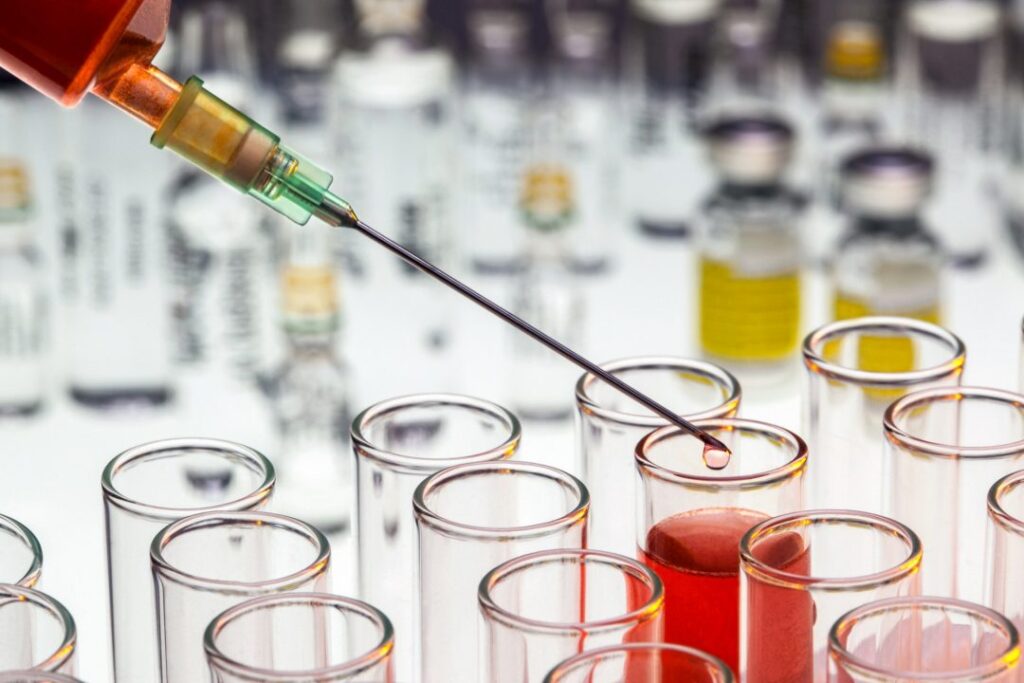Pressure Ulcers
Pressure Ulcers
- Pressure ulcers affect 2.5 million patients annually at a cost of over $11 billion
- Pressure ulcers have a psychological, physiologic, and economic impact on the individual
- Prevalence and incidence across all care settings varies from 0.4%-38% in general acute care, 2.2% to 23.9% in long term care, and 0% to 17% in home care
Pressure Ulcers Becoming Chronic
Pressure ulcers become chronic when they fail to progress through the normal healing process. They are characterized by stalled or delayed healing and resistance to conventional therapies. This persistence is often due to ongoing pressure, sheer and friction, infection, poor nutrition, incontinence, and other underlying medical conditions. Chronic pressure ulcers also exhibit increased levels of proteases and reactive oxygen species, which hinder healing.
Background
Pressure ulcers, also known as bedsores or decubitus ulcers, are localized injuries to the skin and/or underlying tissue as a result of pressure or pressure in combination with shear. They are a significant health concern, particularly for individuals with limited mobility. Pressure ulcers affect 2.5 million patients annually at a cost of over $11 billion.
Pressure ulcers have a psychological, physiologic and economic impact on the individual. Pressure ulcers often occur in persons that are bed ridden, who have had a spinal cord injury, or are in a wheelchair. Prevalence and incidence across all care settings varies from 0.4%-38% in general acute care, 2.2% to 23.9% in long term care, and 0% to 17% in home care. (Source: Weir 2007) The tissue injury that occurs sometimes is a result of sustained pressure to a bony prominence area such as the hip or heel. The sustained pressure prevents adequate blood flow and causes the tissue to die.
Pressure Ulcers Causes and Risk Factors
Pressure ulcers primarily develop from sustained pressure on the skin, which compresses blood vessels and restricts blood flow, leading to tissue damage and death. Key contributing factors include:
- Immobility: Individuals who are bedridden, wheelchair-bound, or have limited movement are at high risk.
- Shear and Friction: Shear occurs when layers of skin slide over each other or over a surface, while friction is the rubbing of skin against another surface, both of which can damage the skin and underlying capillaries.
- Moisture: Excessive moisture from sweat, urine, or feces can macerate the skin, making it more fragile and susceptible to breakdown.
- Poor Nutrition: Inadequate intake of protein, vitamins, and minerals can impair skin integrity and wound healing.
- Medical Conditions: Conditions like diabetes, peripheral vascular disease, and neurological disorders can increase vulnerability to pressure ulcers.
Characteristics of Pressure Ulcers
Pressure ulcers are categorized into stages based on the depth of tissue damage:
- Stage I: Intact skin with non-blanchable redness, usually over a bony prominence.
- Stage II: Partial-thickness loss of skin involving the epidermis and/or dermis, presenting as a shallow open ulcer with a red-pink wound bed or a blister.
- Stage III: Full-thickness tissue loss, where subcutaneous fat may be visible, but bone, tendon, or muscle are not exposed.
- Stage IV: Full-thickness tissue loss with exposed bone, tendon, or muscle.
- Unstageable: Full-thickness tissue loss in which the base of the ulcer is covered by slough or eschar, obscuring the true depth.
- Deep Tissue Injury (DTI): Purple or maroon localized area of discolored intact skin or blood-filled blister due to damage of underlying soft tissue from pressure and/or shear.
Our Research
Regenerex is continuously evaluating new technologies to improve clinical and financial outcomes of products and programs.


Quick Links
Need help?
If you have questions regarding pressure ulcers and how Regenerex technology can help the healing process, please contact us.

